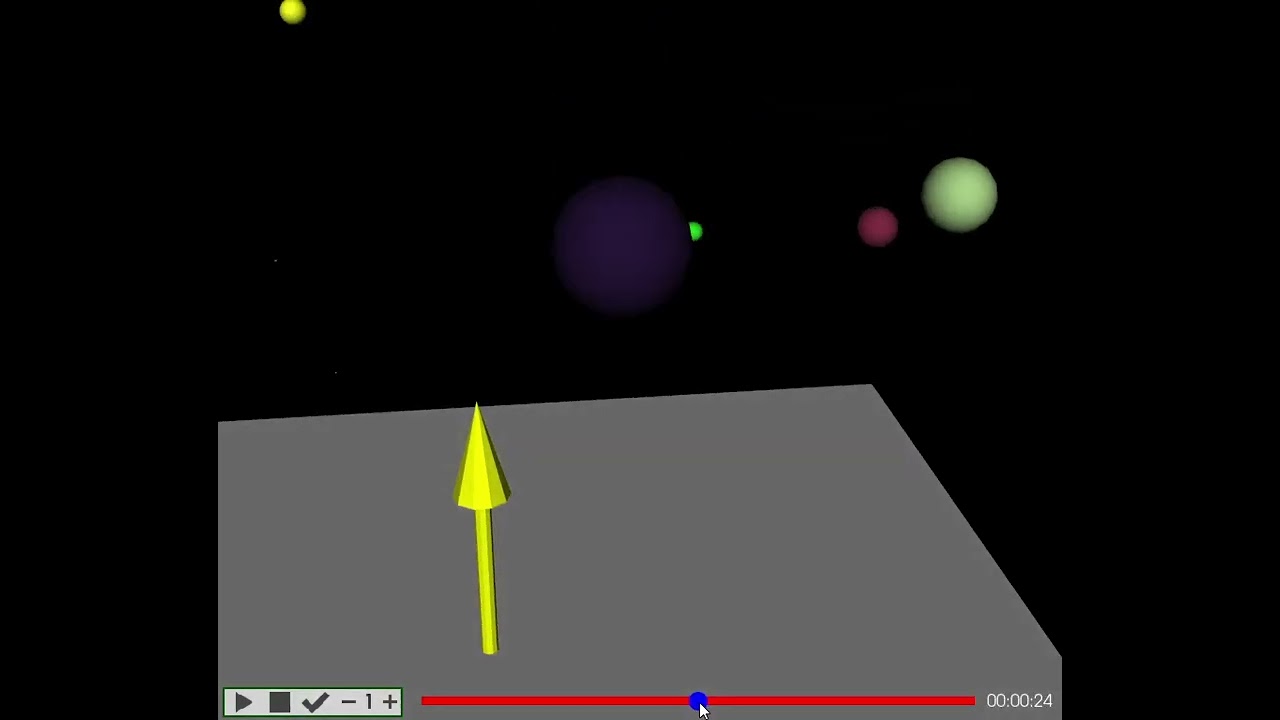Here is an example in which this problem occurs:
from vtkmodules.vtkFiltersSources import vtkSphereSource
import vtkmodules.vtkInteractionStyle
from vtkmodules.vtkRenderingCore import (
vtkActor,
vtkRenderWindow,
vtkRenderWindowInteractor,
vtkRenderer
)
from vtkmodules.vtkRenderingOpenGL2 import vtkOpenGLPolyDataMapper, vtkShader
vertex_impl = \
f"""
// Translation matrix
mat4 tr = mat4(
vec4(1.0, 0.0, 0.0, 0.0),
vec4(0.0, 1.0, 0.0, 0.0),
vec4(0.0, 0.0, 1.0, 0.0),
vec4(10.0, 0.0, 0.0, 1.0)
);
vertexVCVSOutput = tr * MCVCMatrix * vertexMC;
gl_Position = MCDCMatrix * tr * vertexMC;
"""
def shader_to_actor(actor, shader_type, impl_code="", decl_code="",
block="//VTK::ValuePass"):
shader_typ = {"vertex": vtkShader.Vertex, 'fragment': vtkShader.Fragment}
block_dec = block + "::Dec" + "\n" + decl_code
block_impl = block + "::Impl" + "\n" + decl_code
sp = actor.GetShaderProperty()
sp.AddShaderReplacement(shader_typ[shader_type], block_dec, True,
decl_code, False)
sp.AddShaderReplacement(shader_typ[shader_type], block_impl, True,
impl_code, False)
def sphere_actor(pos=(100, 0, 0), color=(1, 0, 1)):
sphereSource = vtkSphereSource()
sphereSource.SetCenter(*pos)
sphereSource.SetRadius(1.0)
sphereSource.SetPhiResolution(100)
sphereSource.SetThetaResolution(100)
mapper = vtkOpenGLPolyDataMapper()
mapper.SetInputConnection(sphereSource.GetOutputPort())
sph_actor = vtkActor()
sph_actor.SetMapper(mapper)
sph_actor.GetProperty().SetColor(*color)
return sph_actor
if __name__ == '__main__':
renderer = vtkRenderer()
camera = renderer.GetActiveCamera()
renderWindow = vtkRenderWindow()
renderWindow.SetWindowName("Sphere")
renderWindow.AddRenderer(renderer)
renderWindowInteractor = vtkRenderWindowInteractor()
renderWindowInteractor.SetRenderWindow(renderWindow)
sphere_actor_native = sphere_actor(pos=(0, 0, 0), color=(0, 0, 1))
sphere_actor_shader = sphere_actor(pos=(0, 0, 0), color=(0, 1, 0))
shader_to_actor(sphere_actor_shader, "vertex", impl_code=vertex_impl)
renderer.AddActor(sphere_actor_native)
renderer.AddActor(sphere_actor_shader)
renderWindowInteractor.EndRotateEvent()
renderWindowInteractor.Start()
So, both of the spheres are at the origin. But the green one is translated using vertex shader, As you can see, When the origin is out of the camera’s scope, the sphere dissappears.
